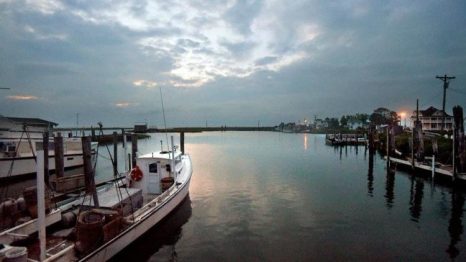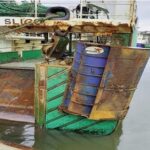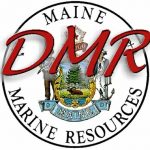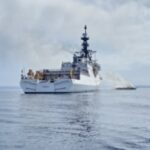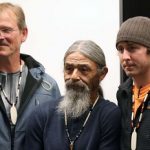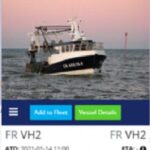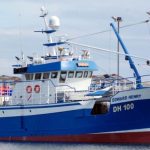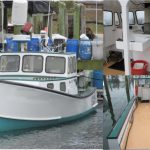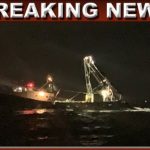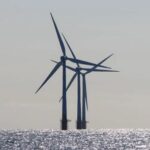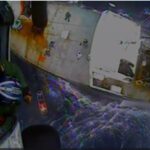Tag Archives: Chesapeake Bay
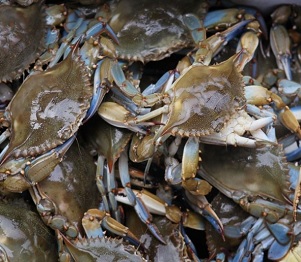
Female Blue Crab Population Up In Chesapeake Bay, Juvenile Numbers Low
Chesapeake Bay blue crab population appears to have a healthy number of spawning-age female crabs, according to the 2020 Blue Crab Winter Dredge Survey. Maryland, Virginia and the Potomac River Fisheries Commission aims to conserve more than 70 million adult female crabs annually to ensure enough young crabs can be produced to sustain the population, a task that has now been achieved for the sixth consecutive year. This year’s survey estimates 141 million adult female crabs were conserved, which is above the long-term average of 126 million. The total amount of blue crab in the Chesapeake Bay in 2020 was 405 million crabs,,, >click to read< 14:56

Humpback whales, large ships on deadly collision course at the mouth of Chesapeake Bay
Attracted by a relative abundance of fish, growing numbers of humpback whales spend the winter in the waters where the Chesapeake Bay empties into the Atlantic Ocean. No. 166675 was one of them. Researchers tracked the young male with a satellite tag for 10 days in January 2017 as he dodged huge vessels in one of the busiest shipping lanes on the East Coast. The next month, the whale’s body washed ashore on Virginia Beach. A necropsy confirmed the scientists’ fears: He had been struck by a large ship. After six years of monitoring humpbacks’ movements in the Hampton Roads region, the team conducting the Navy-funded study has published its first peer-reviewed paper. It shows that many more humpbacks are at risk from ship strikes and suggests that authorities may need to take more actions to protect them. >click to read< 13:45
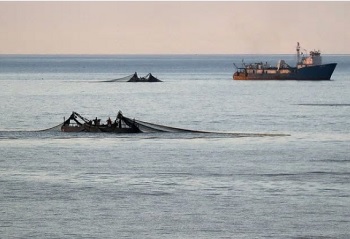
Chesapeake Bay’s menhaden catch cut drastically, along with Omega Protein quota
Virginia is cutting this year’s Chesapeake Bay menhaden catch by more than 80% from last year’s landings in order to end a federal moratorium.
Federal fisheries officials said they’d bar fishing for menhaden in the Bay this year — as long as the fish were headed for Omega Protein’s fish oil and fishmeal plant in Reedville — because the state had not enacted a 41.5% cut to 51,000 tons in Omega’s quota, which had been imposed by the Atlantic States Marine Fisheries Commission in 2017. But the Atlantic States commission has not found that menhaden were overfished. “To be perfectly clear, there is no conservation basis for the Chesapeake Bay cap. No scientific methodology was used in setting the Chesapeake Bay cap by the ASMFC, ,,, >click to read< 15:35

This Is Where 75% Of Wild-Caught Seafood Grows (It’s Not The Ocean)
The special places where freshwater rivers mix with the salty ocean are known as estuaries. Even if you have never heard of an estuary, you probably know of a couple; Virginia’s Chesapeake Bay, Washington’s Puget Sound, Florida’s Tampa Bay, and California’s San Francisco Bay are all estuaries. Estuaries are also are teeming with life-supporting nutrients. River water carries land-based nutrients into the estuary, and salt-water animals take advantage. The special features of estuaries make them an essential component of the seafood industry accounting for up to 75% of commercially-caught seafood. >click to read< 08:42

Scientists Struggle to Save Seagrass From Coastal Pollution
In parts of the United States and other developed countries, there is growing recognition of the importance of seagrass and its sensitivity to nitrogen-rich runoff from sewage treatment plants and other sources. Too much nitrogen can spike algae growth, which clouds the water and blocks the sunlight seagrass needs to grow. “We think this is a problem that has to be solved,”,, Communities around the Great Bay have spent about $200 million to upgrade wastewater treatment plants,,, >click to read< 13:24

The One that Didn’t Get Away: The Atlantic’s Largest Menhaden Fishing Fleet Faces Penalties
At a meeting this week in New Hampshire, commissioners from Florida to Maine voted unanimously to find Virginia out of compliance. Eric Reid is a commercial fisherman who represented Rhode Island at this week’s meeting. “I got boats sitting at the dock too. And when the fed said fishing is over, we stayed tied to the dock. We didn’t write a letter saying ‘hey I’ve got 150 employees as well and we need to make money and we’re going.’ We stopped,” Reid noted. “It kinda rubs my nose in it a little bit. I don’t care for it.” >click to read< 08:50
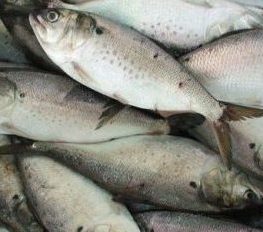
The Battle Over Menhaden Harvesting in the Bay
“The menhaden issue is a very complex issue the commission is currently facing,” says Toni Kerns, ASMFC’s director of Interstate Fisheries Management Program and Policy Development. The ASMFC is a group that, under federal law, manages and oversees coastal fisheries including the menhaden species. Essentially, the ASMFC has regulatory authority. Video, >click to read< 08:30
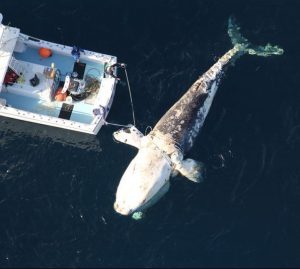
Ships are getting speeding tickets in the Chesapeake Bay to protect right whales
Eight years ago the COSCO Nagoya, a giant ship capable of carrying more than 4,000 cargo containers, was motoring around the Chesapeake Bay when it ran into a speed trap. Three months later, the Nagoya got dinged again for speeding, this time near the Port of Charleston. Over the next several months, the Nagoya was caught 13 more times up and down the east coast, from South Carolina to New York. Each speeding violation came with a price tag of $5,750 for a total of $86,250 in fines. >click to read< 13:43
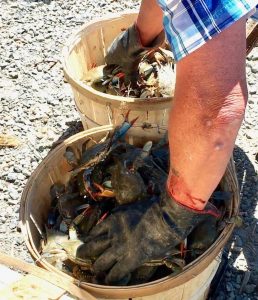
Chesapeake crab count up, but fewer watermen catching them
Stocks of blue crab in the Chesapeake Bay are up from last year by an estimated 60 percent, the best it’s been in six years, according to a group of experts from state and federal agencies and academic institutions. “The winter dredge survey results indicate a strong year ahead for blue crab,”,,, And while that’s good news for watermen, there are fewer of them actually out fishing for crabs in the Chesapeake Bay and its tributaries. >click to read< 18:48
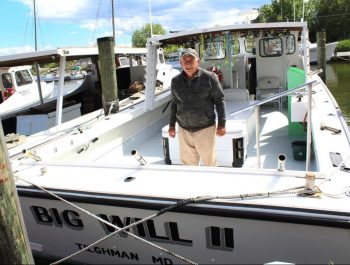
By dint of hard work
It’s a story of being in the right place at the right time. But mostly, it’s a success story by dint of a long life of hard work. It shows on Capt. Willy Roe’s face. He’s earned his wrinkles and thinning hair. But there’s a cragginess, a waterman’s weathered visage that tells its own story of too much sun, frigid gales and choppy seas on the Chesapeake Bay and its rivers and creeks. An official old-timer at 85, Roe still is working. >click to read<09:00
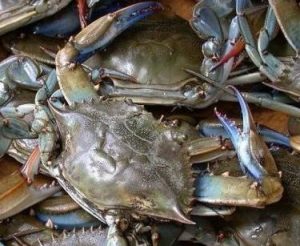
Chesapeake Bay blue crab rebounding in 2019, led by near-doubling of juvenile crab population
Scientists in Maryland and Virginia found that in 2019, the bay’s crabs are at their most plentiful in seven years. The number of spawning-age females, a key measure of future population growth potential, reached 190 million, a 29% increase over the previous winter.,,, The results suggest a strong crabbing season is ahead for Chesapeake waterman, with strong numbers of adults ready to be harvested as waters warm this month, and a booming crop of young that could grow large enough to be legally caught by the fall, or the 2020 crabbing season. >click to read<13:31
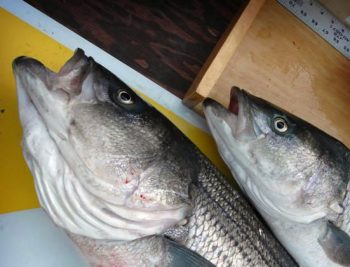
Maryland overfishing imperils rockfish population – Recreational anglers are largely responsible
“The recent stock assessment shows that early action is needed to slow the decline and restore this fishery to sustainable levels,” Virginia Marine Resources Commissioner Steven G. Bowman said in a statement.,,, Recreational anglers are largely responsible. Since 2008, they have killed eight times more striped bass than commercial fishermen, with Maryland anglers harvesting a huge haul: nearly three times the number of fish taken by Maine, New Hampshire, Rhode Island, Connecticut, Delaware and North Carolina — combined. >click to read<14:49
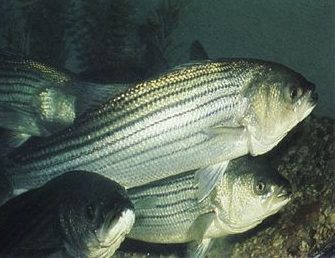
ASMFC expected to set stricter regs for harvesting striped bass
A new status review has found the striped bass population to be in worse shape than previously thought, a result that will almost certainly trigger new catch restrictions for the prized species next year in the Chesapeake Bay and along the East Coast. A preview of a soon-to-be-released stock assessment presented in February to the Atlantic States Marine Fisheries Commission indicates that the striped bass population is overfished and has been for several years.,,, While most everyone agrees on the need to act, many caution that the stock is nowhere near the crisis level that spurred the previous moratorium. Today’s spawning stock biomass, while declining, is still four times higher than it was in the early 1980s.>click to read<10:53

Watermen get say on how to tackle ‘ghost pots’ in the Chesapeake Bay
“Ghost pots” remain a menace in the Chesapeake Bay, but how big a menace and what to do about them is anybody’s guess. That could change now that the 1,056 hard crab fishermen licensed in Virginia are getting a chance to have their say. Researchers at the Virginia Institute of Marine Science are mailing surveys to watermen asking for their ideas on the countless crab pots that, for any number of reasons, end up haunting the bay, trapping and killing crabs and other hapless creatures that crawl or swim inside. >click to read<14:58
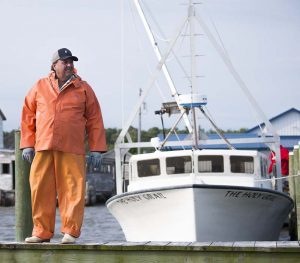
Spinning Chesapeake Gold
Ten years ago, Johnny Shockley came face-to-face with a future he couldn’t fathom: One day, perhaps soon, he’d no longer make his living as a waterman. The third generation of his family to fish the waters around Hoopers Island, he’d oystered and crabbed with his father from a young age. They gave up on oysters after the Chesapeake Bay oyster populations collapsed, sticking with blue crabs. Those declined too. He spent two decades running the family’s retail seafood market in Salisbury. Then it closed. He discouraged his son from crab-potting and was convinced he couldn’t hold on much longer either. >click to read<17:47

Chesapeake Bay surveys show striped bass doing just fine
Virginia and Maryland say seine surveys conducted over the summer show young-of-year stripers – those spawned this past spring – top historic averages and signal good fishing for commercial and recreational anglers in a few years. Mary Fabrizio, who heads Virginia’s survey, said annual sampling has important economic and ecological value and helps in managing the species. “By estimating the relative number of young-of-year striped bass, our survey provides an important measure of annual and long-term trends in the bay’s striped bass population,” >click to read<15:36
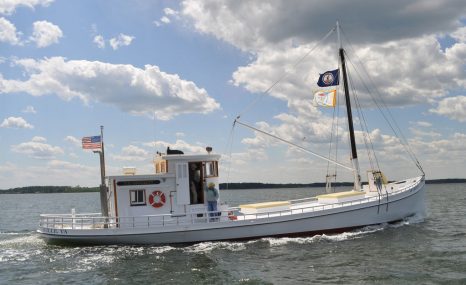
Wooden boat lover chief of volunteers keeping historic boat-building alive in Deltaville
One of the best things about the Deltaville Maritime Museum on the Middle Peninsula is the way it quite literally keeps the region’s boat-building history alive. John England is the main man doing that, building everything from crab skiffs to Chesapeake Bay deadrises in a shop dedicated to crafting boats the way it’s been done in the region since the 1800s. >click to read<11:32
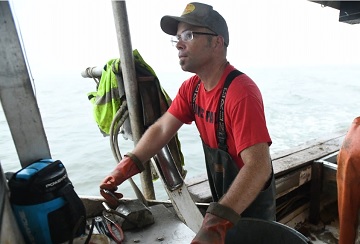
For Chesapeake watermen, storm is another challenge in a tough year
Pasadena waterman C.J. Canby and his crew of three pulled up their crab pots early Wednesday and for the most part found a healthy catch. “Oh boy,” Canby exclaimed as they hoisted one of the wire cages out of the Chesapeake Bay near the mouth of the Patapsco River. “That’s a $100-a-dozen crab.” It measured 8¼ inches across. Every so often, a trap came up empty. Canby assumes it’s because recent rain, wind and waves knocked the crab pot on its side, preventing crustaceans from sidestepping their way inside. Ahead of Hurricane Florence, he’s working to put more of his pots in deeper waters and on muddy terrain, where they’re less likely to be disturbed. >click to read<19:21
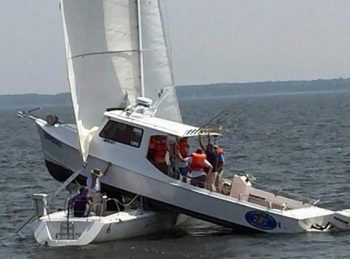
You Don’t See This Everyday
It was a stunning visual – a powerboat sitting on top a J/105 while out on the Chesapeake Bay. This was the result of a violent collision in which, thankfully, no one was hurt. It was August 17 when the two boats were off the shore of Thomas Point Park when the commercial boat, part of a charter service, and a J/105 sailboat belonging to the Chesapeake Boating Club in Eastport, collided. There were nine people aboard the boats – 2 on the J/105 and 7 on the powerboat. The boats were perpendicularly stacked until emergency personnel arrived in the early afternoon and separated them and towed both to shore. Photos >click to read<12:17
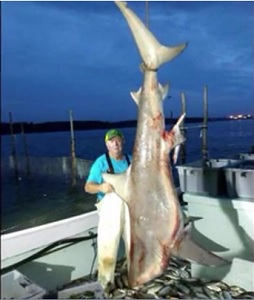
310-pound bull shark caught in Southern Maryland waters
A commercial fisherman pulled an 8.6-foot, 310-pound bull shark from his pound net trap at the mouth of the Patuxent River in Southern Maryland on Monday — an uncommon catch that has been the buzz of the bay as the picture has made its rounds. Larry “Boo” Powley, 65, of Hoopers Island said he found the shark, which had swum into the trap just below Cedar Point to feed on the fish inside, when he checked his four pound nets at sunrise. It wasn’t the first shark he’s caught in the Chesapeake Bay. But he was astounded at its size. “I’ve been on the water for 42 years,” Powley said. “I’ve never seen one that big.” >click to read<17:40

Blue crab population in Chesapeake Bay down for second year
The blue crab population in the Chesapeake Bay declined by nearly one-fifth for the second year in a row, with the male population hitting a trigger point that has lead to discussions over management, according to a new report. Experts say the overall stock remains healthy and decline is not cause for immediate concern, but that they are closely watching the numbers. The harsh winter coupled with a scarcity of young crabs last year has contributed to the low numbers in the beginning of the crab season,,, >click to read<13:04
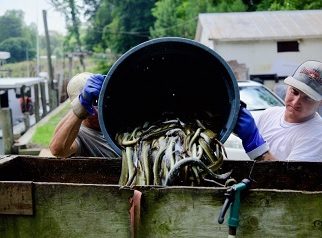
Slithering from the bay to dinner tables far overseas
When onlookers see Jimmy Trossbach pull up pounds and pounds of eels from his pots from the water, they are amazed. “They get a little closer to stare at them,” Trossbach said. “Then they get scared and they back up” from the slimy, snake-like aquatic creatures. The most frequent comment he hears is that they didn’t know eels existed in the Chesapeake Bay, just like oysters, crabs, rockfish and other marine species with which Marylanders are familiar. A waterman who lives less than a mile away from where he was born in Drayden, Trossbach has spent many of his waking hours hunting for eels up and down the bay and its tributaries for the past 31 years. >click to read<16:33
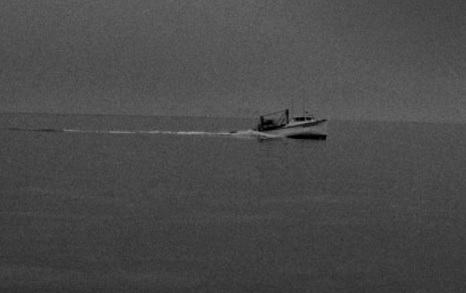
The Incredible True Story of the Henrietta C.
That Monday opened with winds coming steady out of the east-northeast at 20 to 25, or kyowking, as they say on Virginia’s Tangier Island. It’s one of many old and strange words used by the people there: kyowking, or blowing hard. A day unfit for pleasure craft and weekend sailors. But April 24, 2017, was also a workday, and for 72 of the island’s watermen, that meant venturing out into the Chesapeake Bay to harvest its famed blue crabs.,, So it was that at five o’clock that blustery morning, Edward Vaughn Charnock and his son, Jason, slacked the lines on Ed’s workboat, the Henrietta C., and chugged west from the harbor in the predawn dark. >click to read<

Lost Crab Pots: Not as Bad as We Thought?
Back in 2016, a team of scientists from the Virginia Institute of Marine Science said watermen lost an astounding number—145,000 crab pots, leading to the deaths of millions of dollars’ worth of crabs trapped in those pots. But a different panel of scientists says it’s not as bad as they originally thought. Glenn Davis, who chairs the Chesapeake Bay Stock Assessment Committee, told a winter meeting of fisheries managers that the VIMS numbers are wrong.,,, But once the VIMS study was out there, it was hard to take back. And sure enough, somebody tried to monetize it.>click to read<09:05
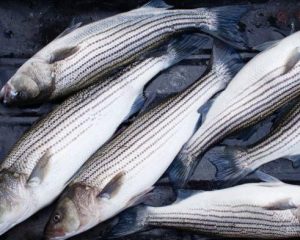
Proposal for tighter oversight of recreational striped bass catch dies
Commercial fishermen asked state regulators Tuesday night to make recreational fishermen tag their striped bass the way commercial operators do, to make sure they’re not taking too many fish. But the idea died when Doug Jenkins, president of the Twin Rivers Watermen’s group, in Warsaw, outlined his proposal to the Virginia Marine Resources Commission’s finfish management advisory committee. “We’re losing our rockfish (striped bass) quota and losing our crab industry,” Jenkins told the committee. >click to read< 18:32

Chesapeake Bay’s blue crabs made it through tough weather, survey finds
Despite the seemingly unending winter weather, Maryland found that the population of blue crabs in the Chesapeake Bay are “healthy and sustainable.” According to this year’s Blue Crab Winter Dredge Survey from the Maryland Department of Natural Resources, even though around 35 percent of adult female blue crabs didn’t make it through the cold, icy weather, there was a marked increase of young crabs returning to the bay this year. “The population is showing more resiliency to those ups and downs and those stresses,” said Chris Moore, senior regional ecosystem scientist with the Chesapeake Bay Foundation. >click to read<23:36
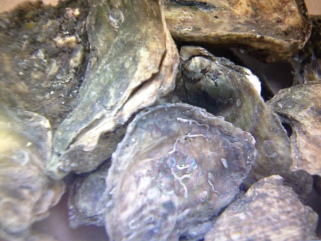
Billion Oyster Project – Environmentalists, Scientists Pledge 10 Billion Oysters By 2025, Watermen Skeptical
Drilling away, waterman Guy Spurry was working hard on Monday – not oystering – but building his boat. And in Annapolis the same morning, scientists and environmentalists say a new plan will have them working hard too. That plan – to bring 10 billion oysters to the Chesapeake Bay by the year 2025. Spurry says he’s skeptical. “It may work and it may not. It’s just a guessing game and it cost a lot of money to play these games,” Spurry said. It’s a money game that some argue needs to be played. >click to read< 18:31
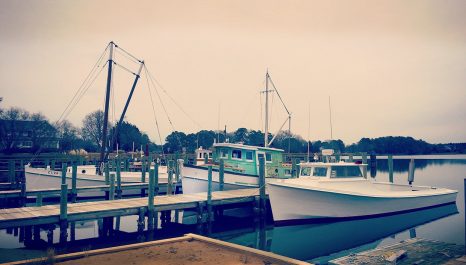
Woody Boating At 15 Degrees! What Could Go Wrong? And It Did!
While the globe was downloading the New App, and watching it crash over China and having Android issues, we decided to see if we could get the Boatres’s New Trawler started and get her to our dock, her new home. Hey, a boat ride helps everything… Right? Now, this was not for the faint of heart. It was cold as crap.. in a Virginia way. And it was around 3PM once we built up the courage to try. Photos, click here to read the story 21:53

Inviasve fish, Part 2 — the managing
Addressing invasive species issues requires dealing with two groups resistant to management — fish and people, so sound, scientific principles must be applied but psychology and human relations principles may be even more important. This column attempts to summarize hundreds of pages of articles and studies on blue catfish, flathead catfish and northern snakeheads. To repeat from Part 1, they are considered invasive to the greater Chesapeake Bay and its tributaries since they are “non-native species that cause harm to the economy, to the environment or human health” or “reproduce and expand beyond their initial areas of introduction.” click here to read the story 15:41






